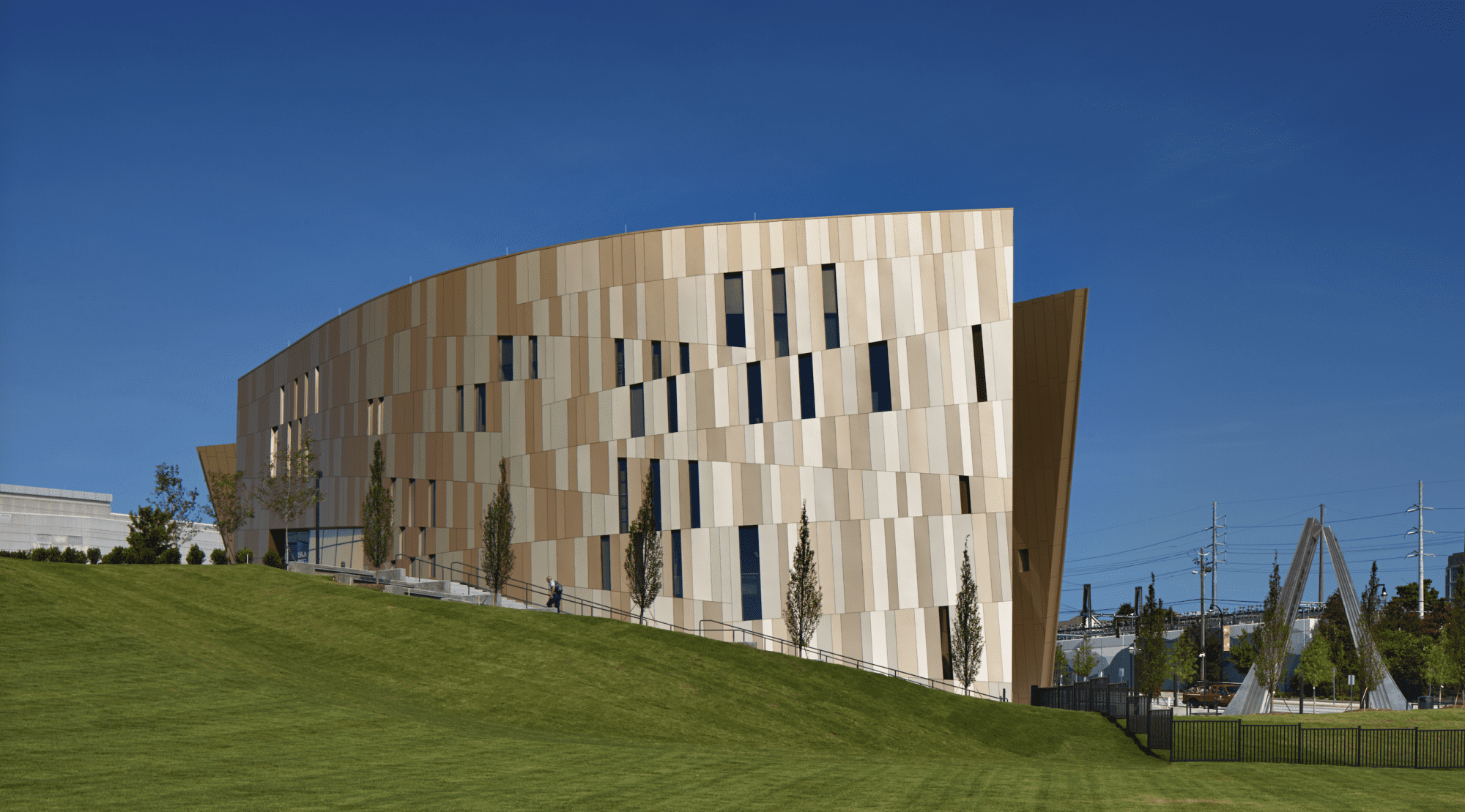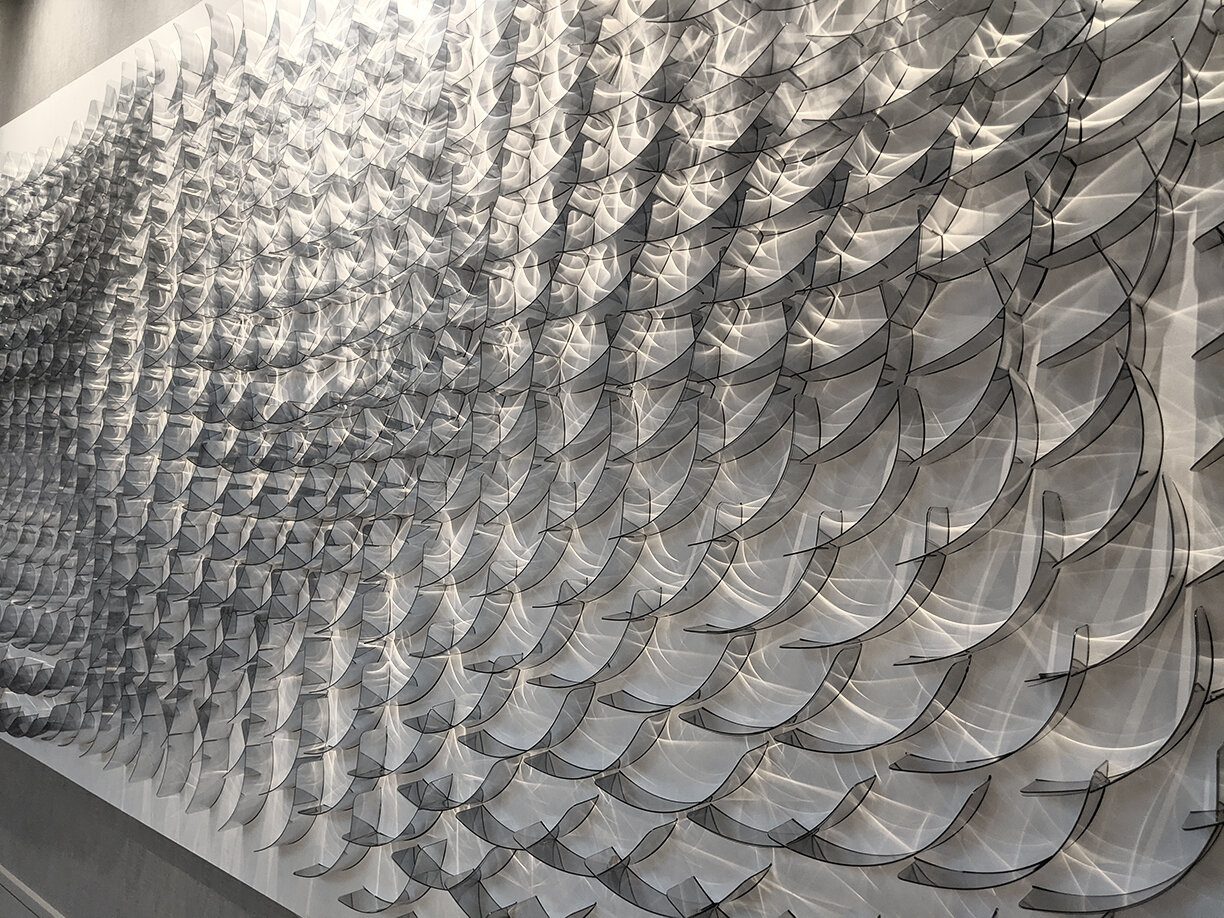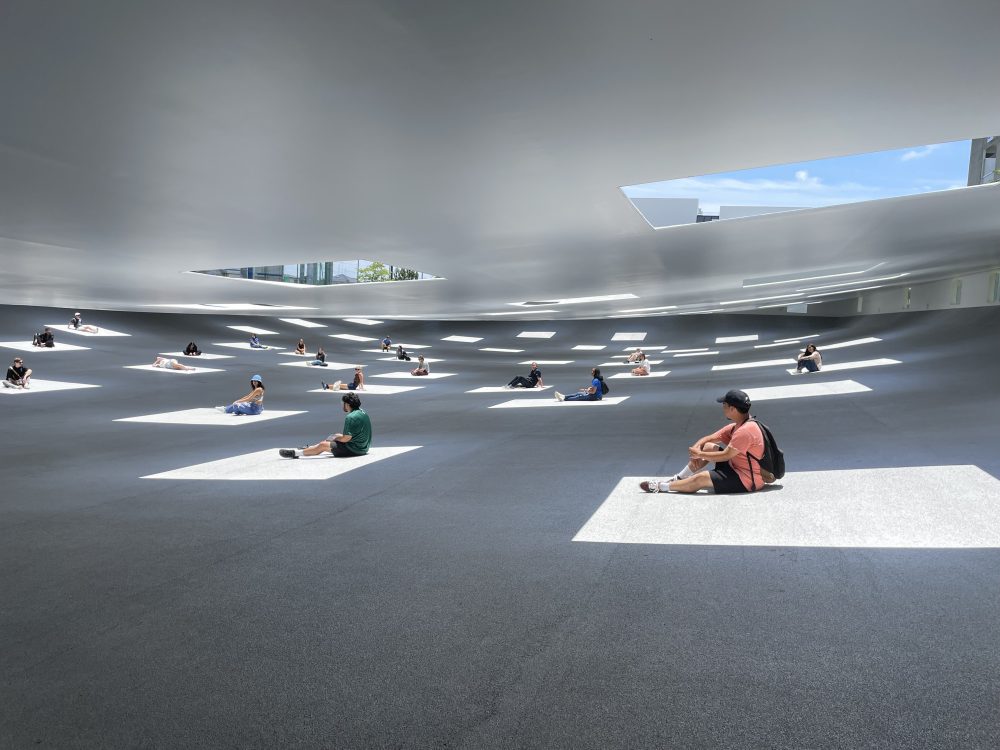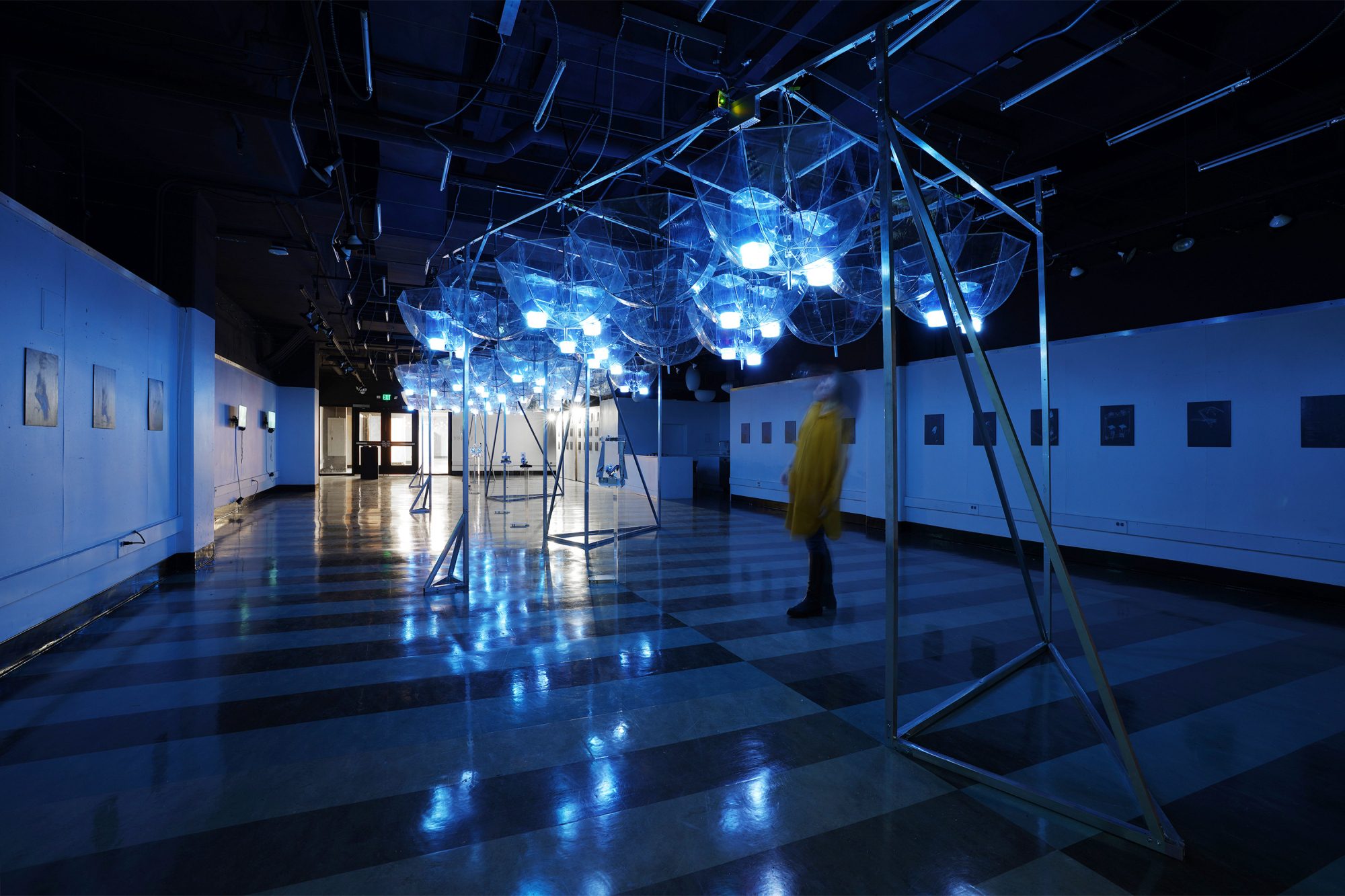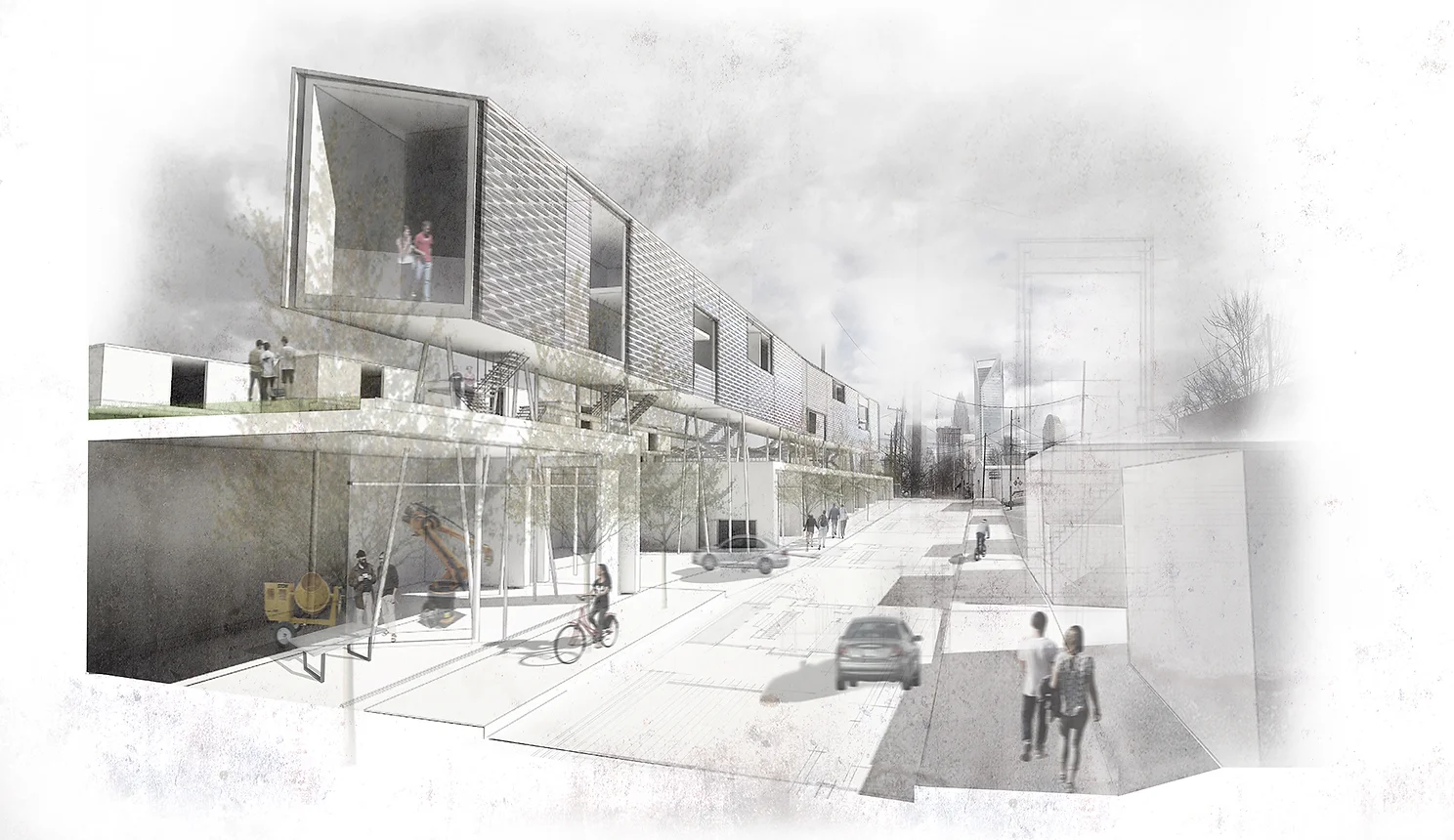Research in the School of Architecture
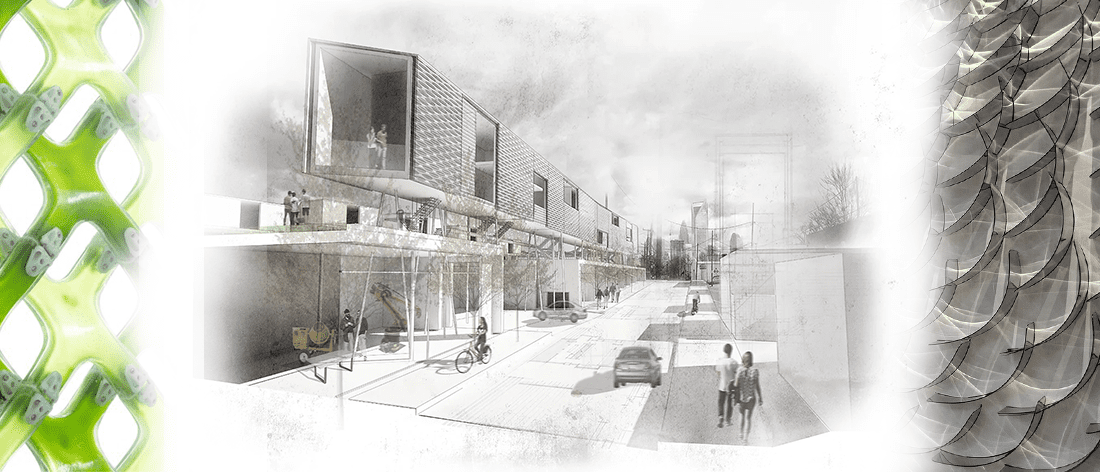
The faculty and students in the David R. Ravin School of Architecture participate in a wide range of funded and non-funded research, scholarship, and creative and professional activities. Most of it is collaborative and interdisciplinary. Faculty engage researchers within the School as well as in the fine and performing arts within the College of Arts + Architecture. They also engage a number of civic and cultural institutions. Several participate in research projects in disciplines across campus, including engineering, geography, and computer science. Sponsored activities include urban design studies for local and regional municipalities and community groups, high performance building and optimization protocols, daylighting and energy analysis, digital design and fabrication components, and interactive visualization.
The work of faculty, students, and staff at the David R. Ravin School of Architecture is characterized by six interrelated areas of distinction that contribute to the future of the architectural discipline. Together, these areas of distinction contribute to our goals of linking academic excellence and access, preparing students to be entrepreneurial designers and thinkers, and expanding the disciplinary capacities of architecture in addressing social, technological, and environmental challenges.
SIX areas of distinction
Applied Critical History
extends the role of history beyond the classroom, engaging fundamental issues of cultural significance via new critical interpretations and speculative design proposals.
Read more on this distinction →
Emergent Material Practices
envision untapped possibilities for conventional building products/ systems and applications for new ones, seeking to expand the design, function, and technical capacities of architectural materials.
Read more on this distinction →
Regenerative Systems Design
consists of biologically attuned methods, substances, and assemblies that expand building construction’s standard material palette and increase the environmental performance of architecture.
Read more on this distinction →
Intercultural Futures
addresses design’s capacity to engage in a multicultural, global society.
Read more on this distinction→
The Computed Environment
considers the relationship between atoms and bits at all scales, developing design and experiential opportunities at the intersection of AR, VR, AI, IoT, and robotics.
Read more on this distinction→
The Engaged City
explores a set of tactical urban design practices involving new approaches to community engagement, analysis, and the design of metropolitan regions.
Read more on this distinction→
Research News

Blaine Brownell will present forward-thinking material strategies for designing and building to withstand disasters.

Professor of Architecture Kyoung Hee Kim began developing microalgae-filled building façade systems years ago, prompted by an environmental science class…
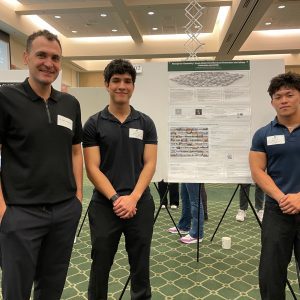
Architecture Professor Sabri Gokmen mentored two OUR Summer Research Scholars.

Energy Innovation Review features the microalgae window research of Professor Kyoung Hee Kim. Read the full article here.
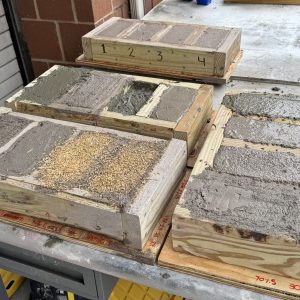
What if the design of a brick could reduce the spread of malaria? That question lies at the heart of…

Architecture professor Rachel Dickey and music professor Jessica Lindsey presented their unique course curriculum at a recent national conference.

WFAE 90.7 FM environmental reporter Zachary Turner interviews Professor of Architecture Kyoung Hee Kim and graduate research assistant Constance Sartor…

Kyle Spence is one of six 2025 Gambrell Faculty Fellows.
